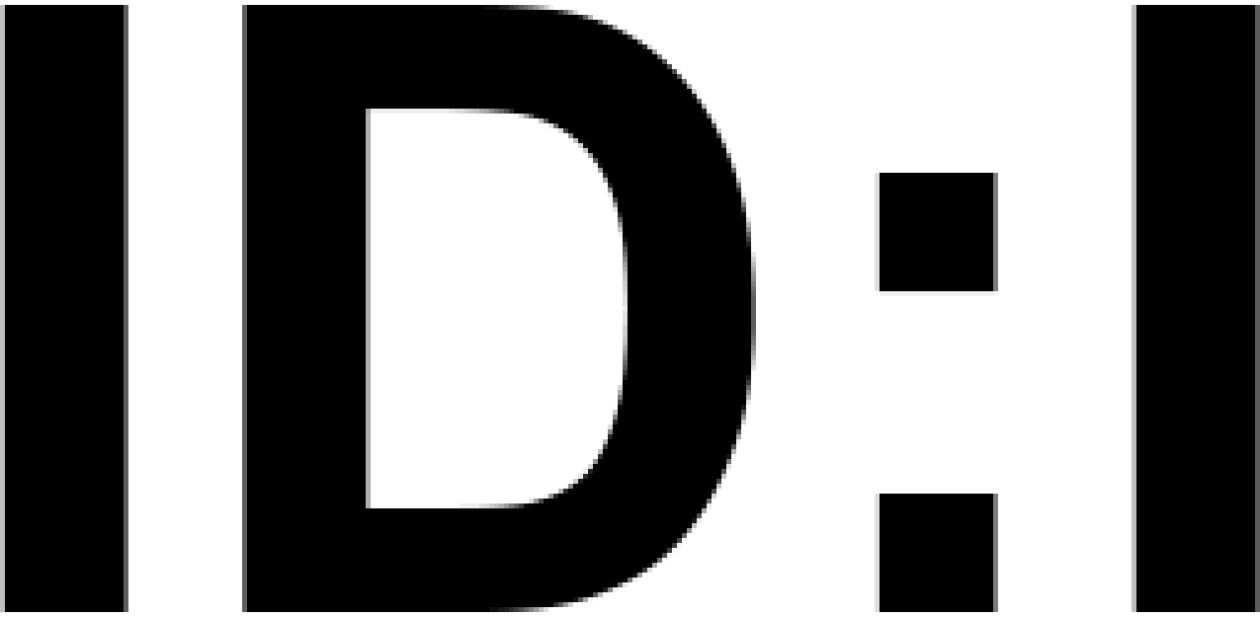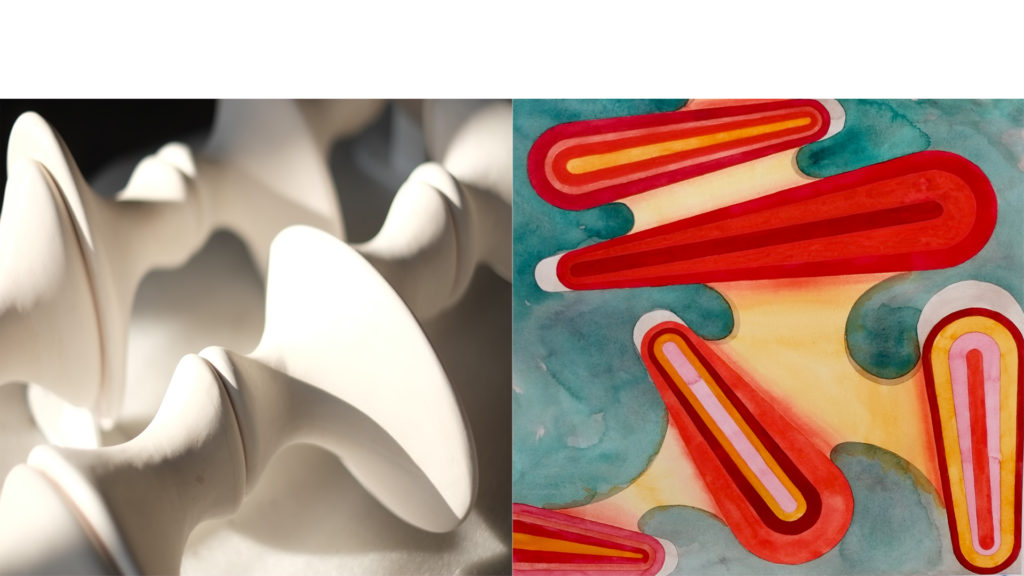[slideshow_deploy id=’1778′]
TASTELESS, ODOURLESS, NONETHELESS
The gallery doors stay closed. No entry. Quarantine. The space remains empty, alone, visible only through the thick glass of the window – sanitized, virtualized. Through its sheer visibility, the gallery becomes a liminal space and, walking this fine line, the artworks challenge the division between private and public space, between political and intimate.
Just outside of the gallery, like a mirror of the space beyond the glass, is With regards, family and friends by Yogesh Barve. Inspired by sociologists like W.E.B. du Bois and the language of data visualization, the marks on the pavement transpose the per capita residential area in Bombay and the living space per body in the city. By letting passersby interact with the scale of the spaces, Barve makes the public experience the data physically instead of conceptually.
The sound of the 5th December protest in Paris – the beginning of one of the longest national strikes in French history – fills the empty space of the gallery and spills into the street. Through a genuine “performativity of listening” and the act of walking, Niccolò Moscatelli injects a narrative in the record and a dynamic that goes constantly from the collective to the individual and back. The bodies of the people are absent, evaporated by harsher and harsher laws and the sanitary state of emergency that condemned the public practice of politics. Still, the voices, the laughs, the screams, songs and chants are still audible, – like the ghost of a protest, ensemble, marche, proteste resists the passing and disappearance.
Visible through the glass screen, Anno Domini by Saviya Lopes appropriates some of Artemisia Gentileschi’s biblical scenes portraying women and turns them into memes critiquing the male domination of public space. Taking from her own experience and from scholar Shilpa Phadke’s work around loitering, Lopes gives these women active agency and makes them defy the men surrounding them. At the same time, the work questions the “publicness” of public space for women, from biblical times, to the Renaissance until today.
While having an immense impact on our world, the actual context is not the cause of the issues the works touch, from the suppression of political freedom and democracy, to the policing of women’s bodies in the urban environment, to the overcrowding and housing conditions in our metropoles and many others. Today they are simply exacerbated, stretched to the extreme.

